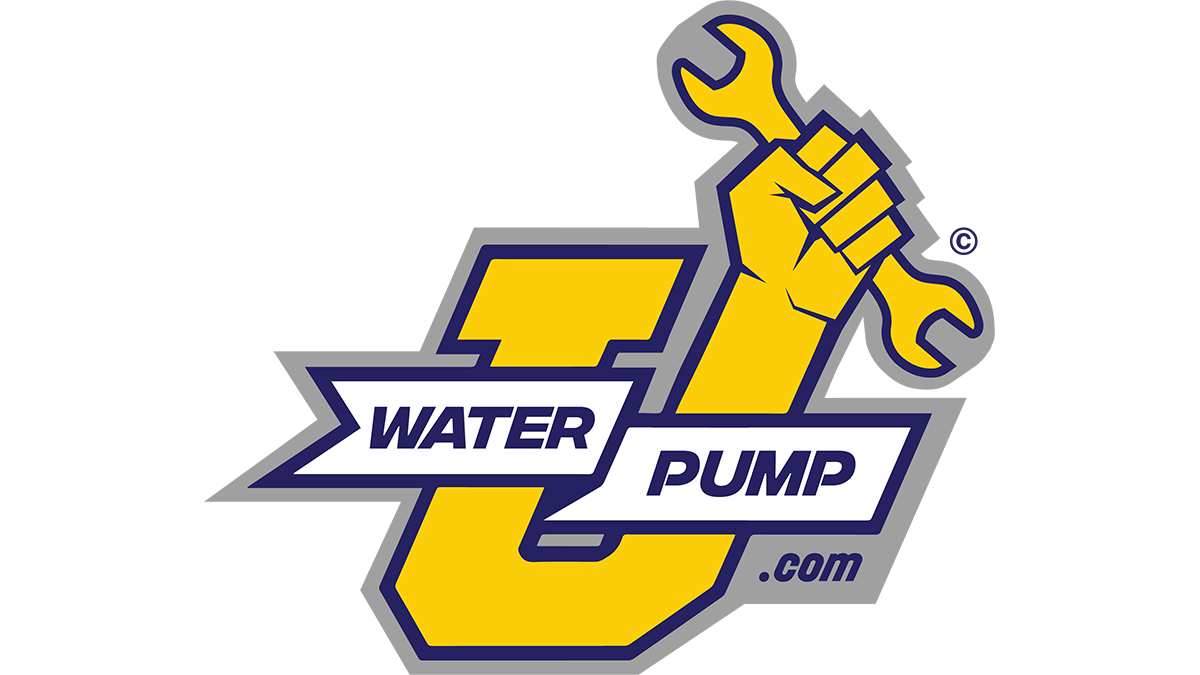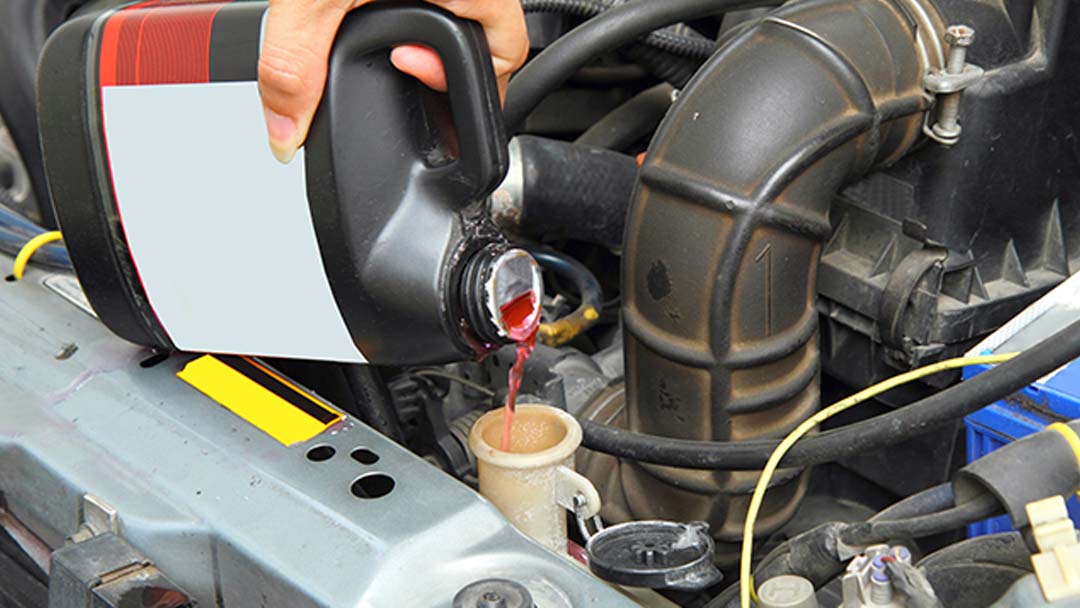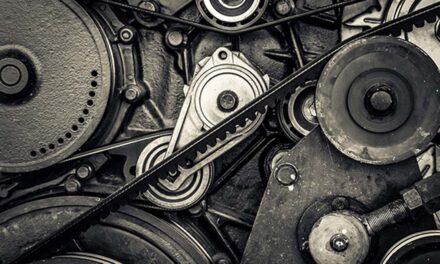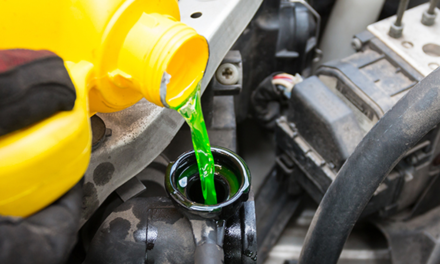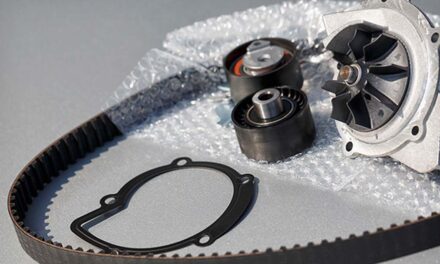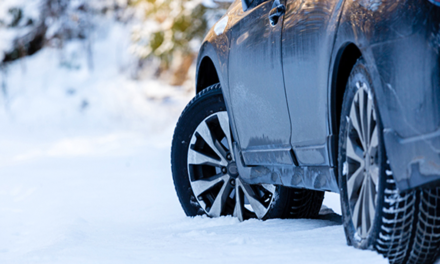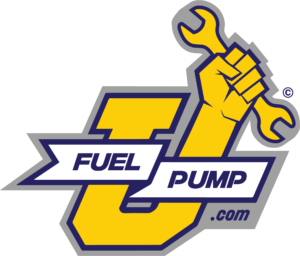The cooling system in your vehicle is not particularly complicated, despite its many components. Should any one of those components malfunction, the vehicle could overheat, causing internal engine damage. If you are aware of all of the components of the cooling system and know to check that they are working correctly, you can minimize the chances of overheating.
Radiator:
The radiator is typically located in front of the vehicle. You may have one or more oil coolers in front of it. Its purpose is to cool the hot coolant/antifreeze as it is cycled from the engine through the radiator. The radiator has an upper and lower hose.
Thermostat:
The thermostat is usually located at the point where the upper radiator hose meets the engine. In some vehicles, it may be located where the lower radiator hose meets the engine. Generally, the thermostat opens when the water temperature reaches 185 to 195 degrees Fahrenheit. If the thermostat sticks open, the coolant/antifreeze will travel through the system too fast, causing the engine to not reach operating temperature, it will run too cool. If the thermostat sticks closed, the coolant/antifreeze will not leave the engine and be properly cooled through the radiator causing it to overheat.
Water Pump:
The water pump circulates coolant/antifreeze through the whole system, from the engine to the radiator to be cooled, and through the heater core to warm the interior. Depending on the application, the water pump is located on the front of the engine and driven by a V-belt or serpentine belt. It may also be located inside the timing belt cover, in which case, it could be driven by a timing belt. If the water pump malfunctions and does not push the coolant/antifreeze fast enough, the engine could overheat. The engine can also overheat if the water pump’s drive belt breaks, causing the pump not to turn.
Hoses and Belts:
The hoses carry coolant/antifreeze to and from the radiator via the water pump. Hoses are also plumbed into the engine to carry the hot liquid through the heater core. If a hose leaks or breaks, you will not have enough coolant/antifreeze to keep the engine cool. The belt or belts run the accessories, including the power steering pump, alternator, air conditioning compressor, and water pump. If the belt that runs the water pump breaks, the water pump will not turn and the engine will overheat.
Fans:
Depending on your vehicle, there may be one manual fan with a fan clutch, one or two electric fans on the front of the radiator, or a combination of manual and electric fans. The manual fan is run by a V-belt or serpentine belt. It has a fan clutch when the material in the fan clutch heats up, it reduces pressure on the fan. This allows the fan to spin faster to cool the radiator.
Electric fans are controlled by a coolant temperature sensor, these are bi-metal switches that, when engaged, turn the fan(s) on and off according to the coolant temperature.
Gauges and Warning Lights:
Most vehicles have gauges to tell you how hot the engine is. The information is transferred to the gauge by way of a temperature sender that measures the temperature in the engine. If your vehicle has a warning light and that light comes on, it is too late. The engine has overheated and should be shut down immediately. If a gauge is seen approaching its upper limits, the car should be turned off, and the hood opened and allowed to cool just as the case with a warning light.
While you cannot visually check some of these components, you can check many. To reduce the chances of an overheating vehicle, check these items periodically and replace them before they fail. Belts, hoses, hose clamps, and test coolant for protection levels as well as the acidity of the system.
